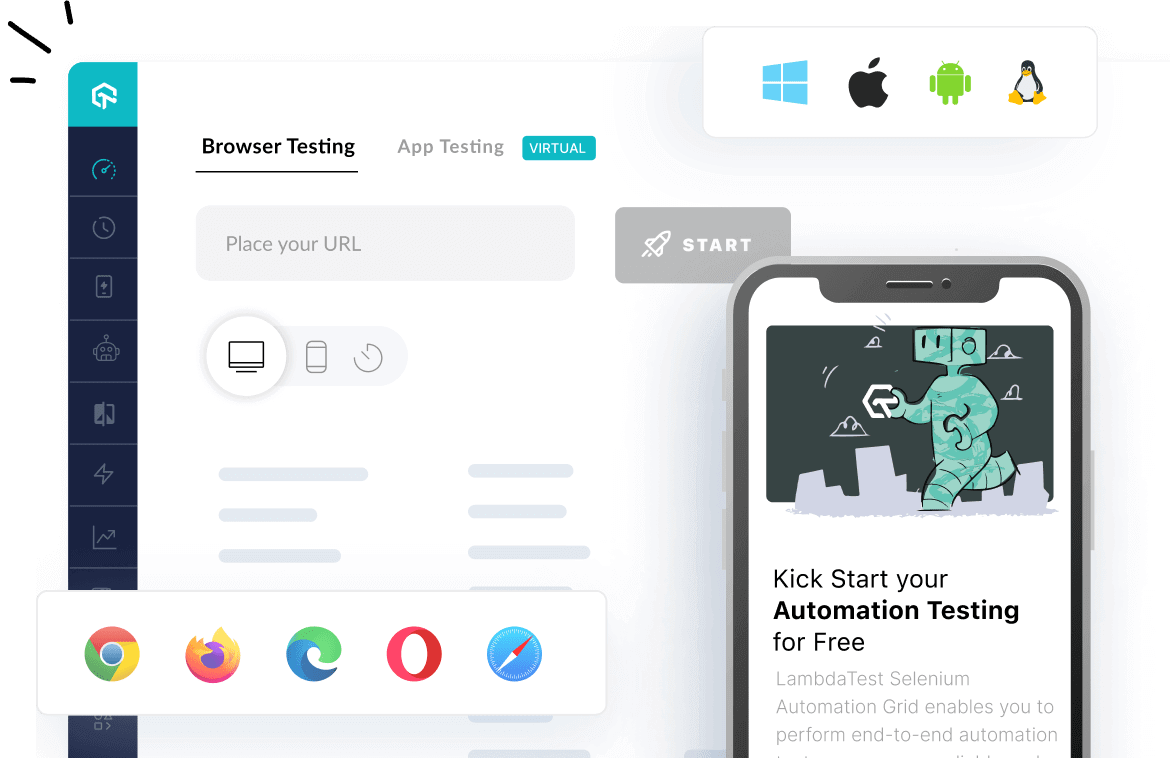How to use test_take_action_min method in tempest
Best Python code snippet using tempest_python
test_subunit_describe_calls.py
Source: test_subunit_describe_calls.py
...322 self.assertIsNotNone(parsed_args.output_file)323 self.assertIsNotNone(parsed_args.ports)324 self.assertTrue(parsed_args.all_stdout)325 self.assertEqual(parsed_args.subunit, sys.stdin)326 def test_take_action_min(self):327 parser = self.test_object.get_parser('NAME')328 parsed_args = parser.parse_args(["-s" + self._subunit_file],)329 with patch('sys.stdout', new=StringIO()) as mock_stdout:330 self.test_object.take_action(parsed_args)331 stdout_data = mock_stdout.getvalue()332 self._assert_methods_details(stdout_data)333 self._assert_no_headers_and_bodies(stdout_data)334 def test_take_action_all_stdout(self):335 parser = self.test_object.get_parser('NAME')336 parsed_args = parser.parse_args(["-as" + self._subunit_file],)337 with patch('sys.stdout', new=StringIO()) as mock_stdout:338 self.test_object.take_action(parsed_args)339 stdout_data = mock_stdout.getvalue()340 self._assert_methods_details(stdout_data)...Blogs
Check out the latest blogs from LambdaTest on this topic:
One of the essential parts when performing automated UI testing, whether using Selenium or another framework, is identifying the correct web elements the tests will interact with. However, if the web elements are not located correctly, you might get NoSuchElementException in Selenium. This would cause a false negative result because we won’t get to the actual functionality check. Instead, our test will fail simply because it failed to interact with the correct element.
It’s strange to hear someone declare, “This can’t be tested.” In reply, I contend that everything can be tested. However, one must be pleased with the outcome of testing, which might include failure, financial loss, or personal injury. Could anything be tested when a claim is made with this understanding?
Continuous integration is a coding philosophy and set of practices that encourage development teams to make small code changes and check them into a version control repository regularly. Most modern applications necessitate the development of code across multiple platforms and tools, so teams require a consistent mechanism for integrating and validating changes. Continuous integration creates an automated way for developers to build, package, and test their applications. A consistent integration process encourages developers to commit code changes more frequently, resulting in improved collaboration and code quality.
Web applications continue to evolve at an unbelievable pace, and the architecture surrounding web apps get more complicated all of the time. With the growth in complexity of the web application and the development process, web application testing also needs to keep pace with the ever-changing demands.
 QA testers have a unique role and responsibility to serve the customer. Serving the customer in software testing means protecting customers from application defects, failures, and perceived failures from missing or misunderstood requirements. Testing for known requirements based on documentation or discussion is the core of the testing profession. One unique way QA testers can both differentiate themselves and be innovative occurs when senseshaping is used to improve the application user experience.
QA testers have a unique role and responsibility to serve the customer. Serving the customer in software testing means protecting customers from application defects, failures, and perceived failures from missing or misunderstood requirements. Testing for known requirements based on documentation or discussion is the core of the testing profession. One unique way QA testers can both differentiate themselves and be innovative occurs when senseshaping is used to improve the application user experience.
Automation Testing Tutorials
Learn to execute automation testing from scratch with LambdaTest Learning Hub. Right from setting up the prerequisites to run your first automation test, to following best practices and diving deeper into advanced test scenarios. LambdaTest Learning Hubs compile a list of step-by-step guides to help you be proficient with different test automation frameworks i.e. Selenium, Cypress, TestNG etc.
LambdaTest Learning Hubs:
- JUnit Tutorial
- TestNG Tutorial
- Webdriver Tutorial
- WebDriverIO Tutorial
- Protractor Tutorial
- Selenium 4 Tutorial
- Jenkins Tutorial
- NUnit Tutorial
- Jest Tutorial
- Playwright Tutorial
- Cypress Tutorial
- PyTest Tutorial
YouTube
You could also refer to video tutorials over LambdaTest YouTube channel to get step by step demonstration from industry experts.
Try LambdaTest Now !!
Get 100 minutes of automation test minutes FREE!!

